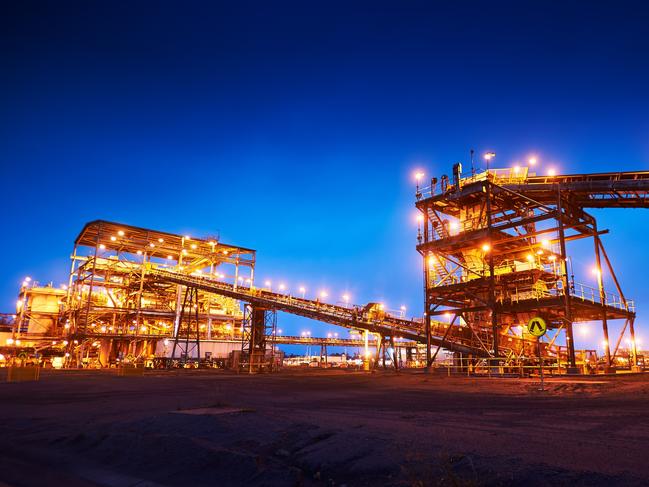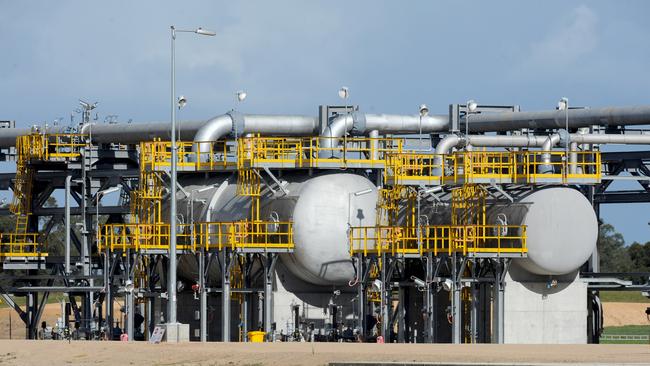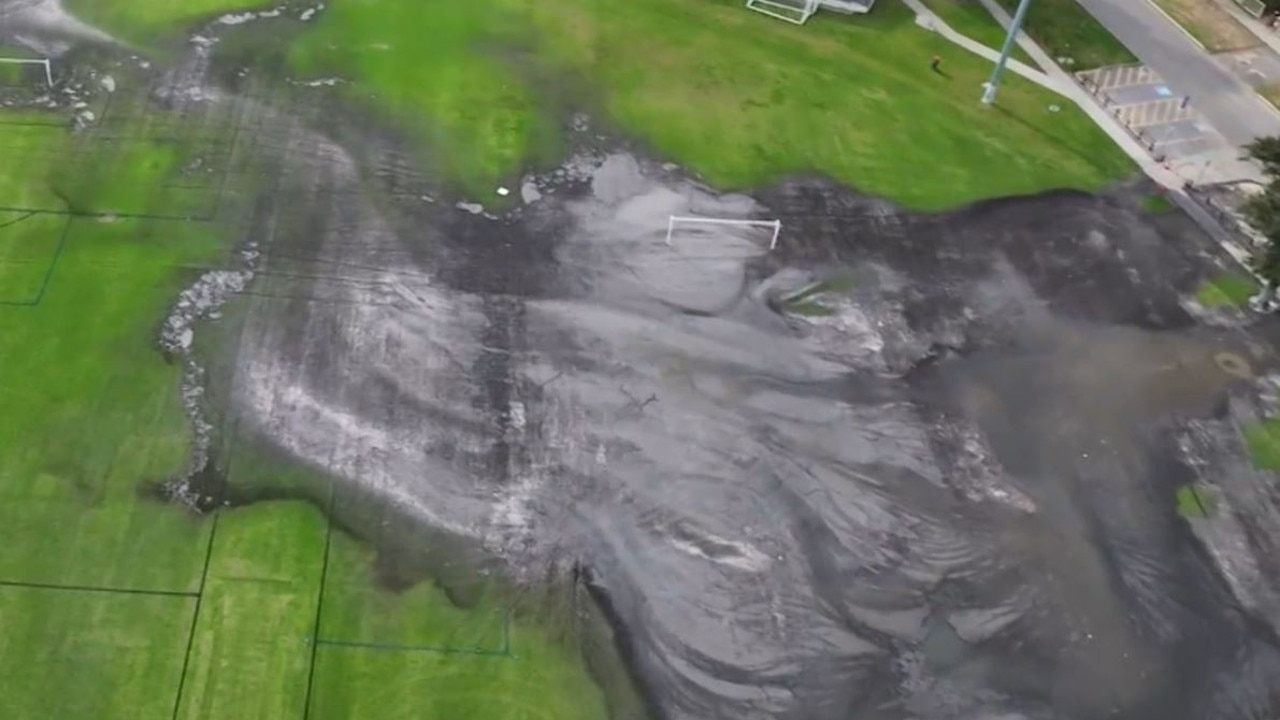Australia’s energy crisis explained and how we can fix it
Australia has many power options between coal, gas, solar, wind, hydro, hydrogen and even nuclear. But this is why it’s not easy to make the switch.
Environment
Don't miss out on the headlines from Environment. Followed categories will be added to My News.
Australia’s greenhouse gas emissions come from a wide variety of sources: everything from the cars we drive, to the methane cows belch out of their bodies.
But the largest share of our emissions (more than 50 per cent) comes from the energy required for industry, and the electricity we use to power our homes.
Getting to net zero by 2050 will involve us sourcing more of our energy from sources with low emissions. But that process is far from simple. Here’s an overview of some of the issues.
COAL
Coal is extremely reliable in terms of electricity generation. It also creates more greenhouse gases than any other energy source. It’s so bad for the atmosphere that in May, the International Energy Association declared investment in coal fired power stations should stop immediately, and globally.
Australia has no plans to build any more, but some of the ones we have are expected to last into the 2040s, and last year, we still sourced 54 per cent of our electricity from these utilities. Coal is also a big employer of Australians, with around 40,000 people (although it has been pointed out that’s less than the staff of Bunnings, which has 44,000 employees).

Where coal really matters is the economy. We’re the world’s second biggest exporter of the stuff, after Indonesia, and it’s our second biggest export earner, after iron ore. Even with China slapping a ban on our coal, and other nations looking to switch to renewables, the Minerals Council predicts the value of our coal exports will grow 23 per cent by 2030.
Over the past few years a lot of work has gone into reducing coal’s emissions, either through developing new-generation power plants, or by finding ways to trap the gases deep underground so they don’t harm the atmosphere. Critics are sceptical these solutions will ever be enough. They also say mining and burning coal is bad for humans, with estimates it costs our health system $2.6 billion every year.
GAS
Aussie homes benefit from gas in different ways. It currently supplies 21 per cent of our electricity, and about 11 per cent of households use it for heating, cooking and barbecues. While its emissions are roughly half that of coal, it’s still a major contributor to our national tally, and moves are afoot to wind it back. (The ACT does not connect gas to new homes; Victoria is mulling a similar move.)
The industry is also looking at ways to limit emissions, including through carbon capture and storage, and by blending zero-emission hydrogen into the gas supply. Like coal, it’s also very reliable, and many consider it the lesser of two evils. The industry contends it might play an increasingly important role in Australia’s energy mix, even if that role is smaller overall, because it can relied on at times when renewables falter.

RENEWABLES
Australia has been using renewable energy for decades in the form of hydro-powered electricity, but the past 10 years has seen incredible advances in the uptake of zero emissions renewables such as wind turbines, solar panels and bioenergy. Last year Australia got around a quarter of its electricity from renewable sources for the first time, and nearly three million Aussie houses now sport a solar panel on the roof. With our abundant wind and sun, it’s been suggested Australia could be a renewable energy superpower of the future, evidenced by visionary projects like the Sun Cable, through which Singapore could be powered by solar panel arrays in Western Australia.
Critics say renewables are all well and good, but not reliable enough, and they need to be supported by fossil fuel or nuclear power to kick in at times when the sun doesn’t shine or the wind doesn’t blow.
Batteries can support renewables by kicking in during the downtimes, although this is not likely to be a full solution to the intermittency problem.
HYDROGEN
Technically an energy carrier rather than an energy source, zero-emissions hydrogen is viewed as a very promising component to our future energy mix, and a potentially massive export industry, if it can be created cheaply enough. While there are many ways to produce hydrogen, the ultimate outcome would be to create it cheaply from renewable sources: such a product would be of great value in other parts of the world that are desperate to lower their emissions. Many believe hydrogen powered vehicles could be the norm on our roads in the next decade.
NUCLEAR
When Prime Minister Scott Morrison announced Australia was acquiring nuclear-powered submarines, back in September, he ruled out Australia developing a nuclear power industry, which is banned by legislation anyway. A Lowy Institute poll of Australians earlier this year found nearly half (47 per cent) said they supported moves towards nuclear power. Proponents say nuclear power is reliable and safe; pragmatists say it might just be the bitter pill we need to swallow if we want a world of both low emissions and abundant power. Critics say it’s hugely expensive, will take decades to develop, and the safety risks will always be there. Realists say any debate about nuclear power in Australia is inevitably a discussion about the regions, both for the location of the plants themselves, and disposal facilities for the radioactive waste. Most commentators agree on one point: any moves towards nuclear power in Australia would need bipartisan support.
For more on this series go to: www.missionzero2050.com.au
Share your feedback or story: missionzero2050@news.com.au
More Coverage
Originally published as Australia’s energy crisis explained and how we can fix it





